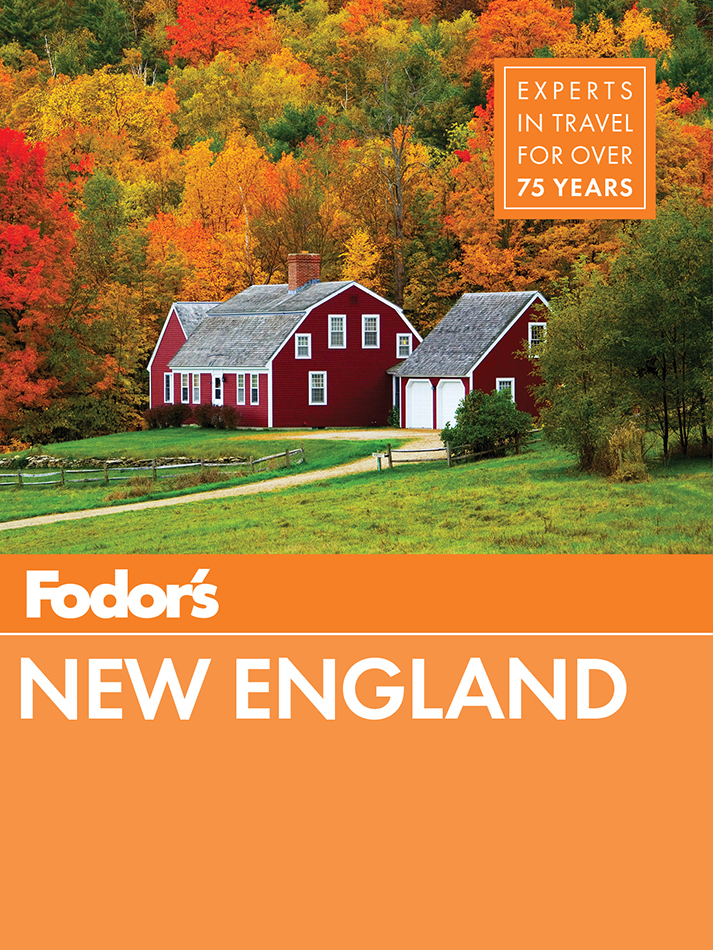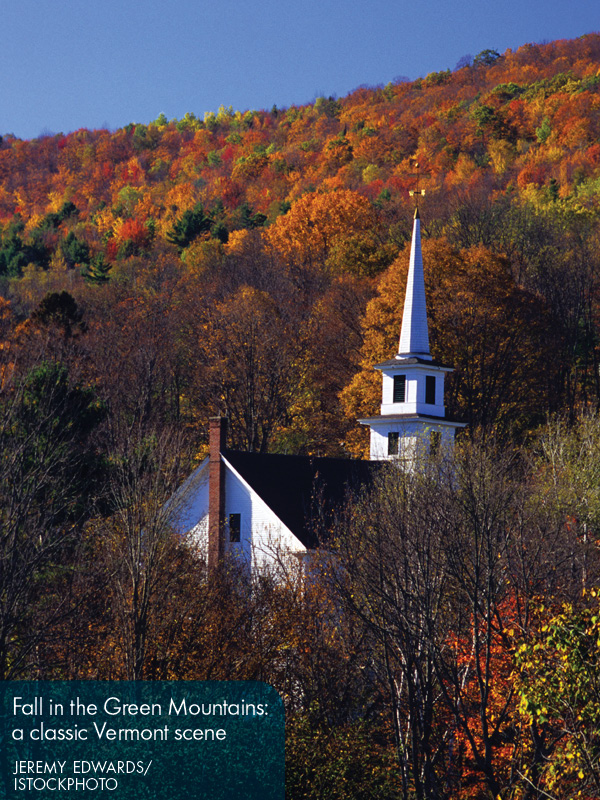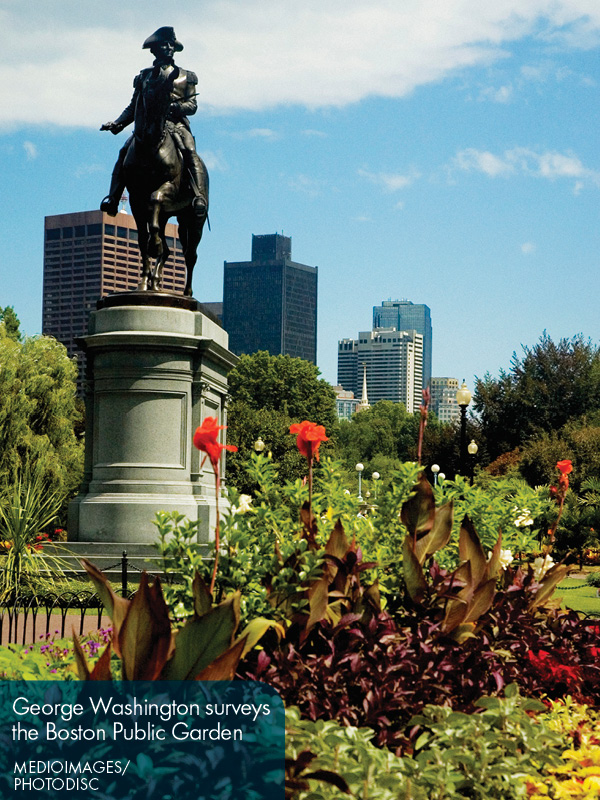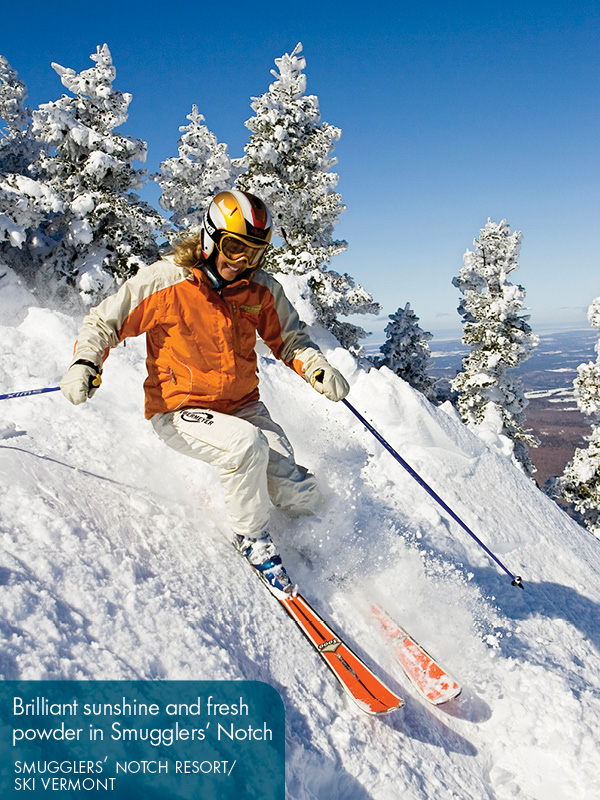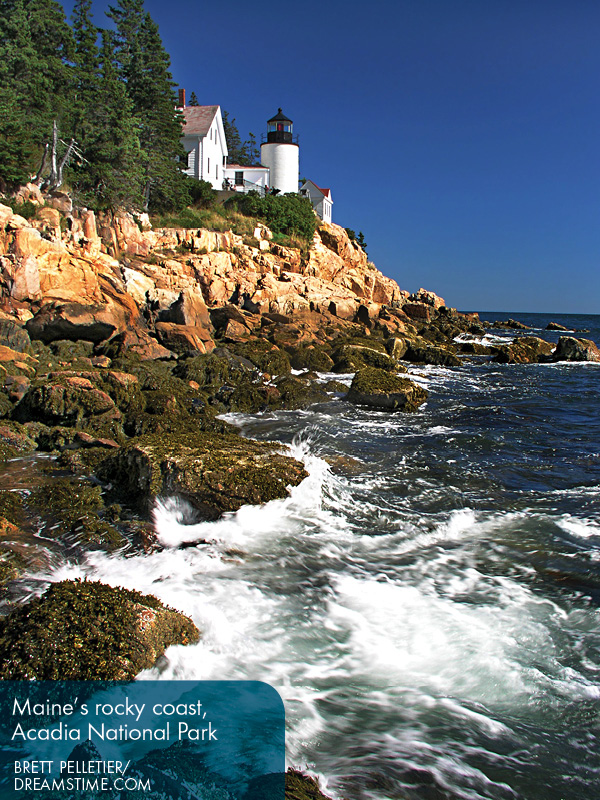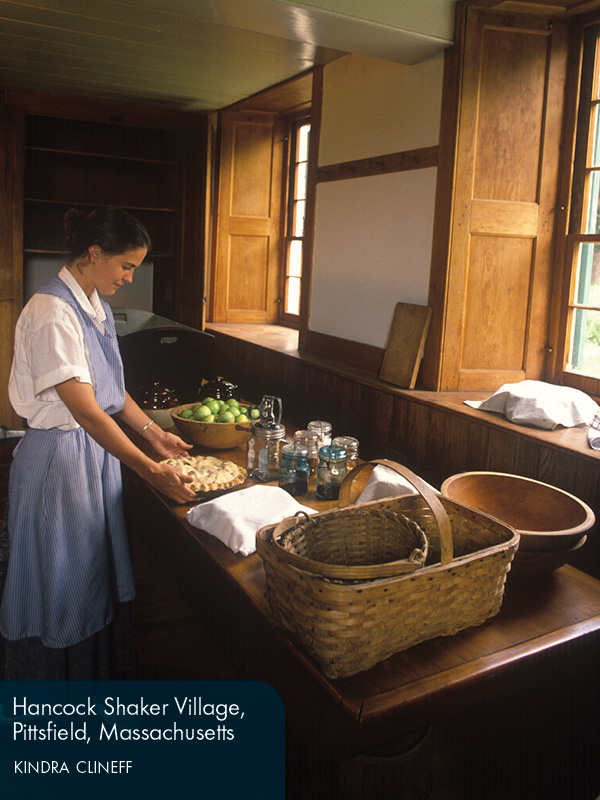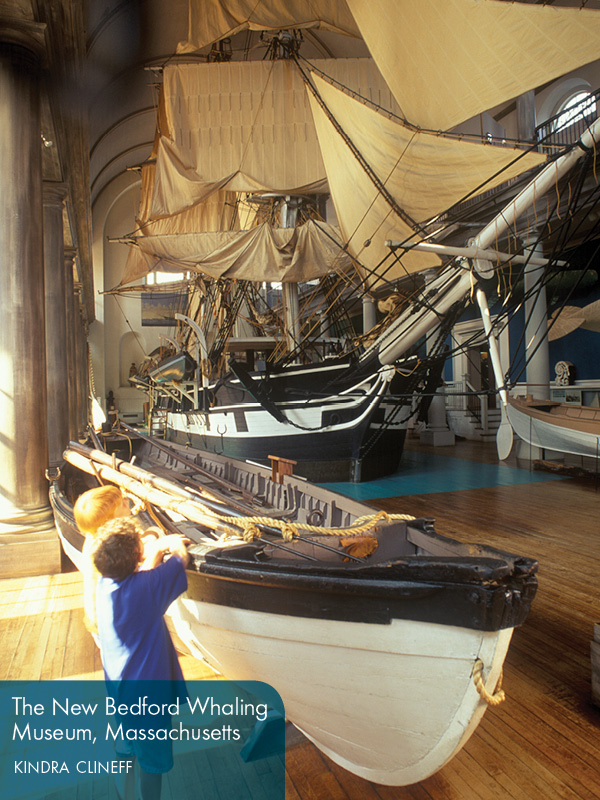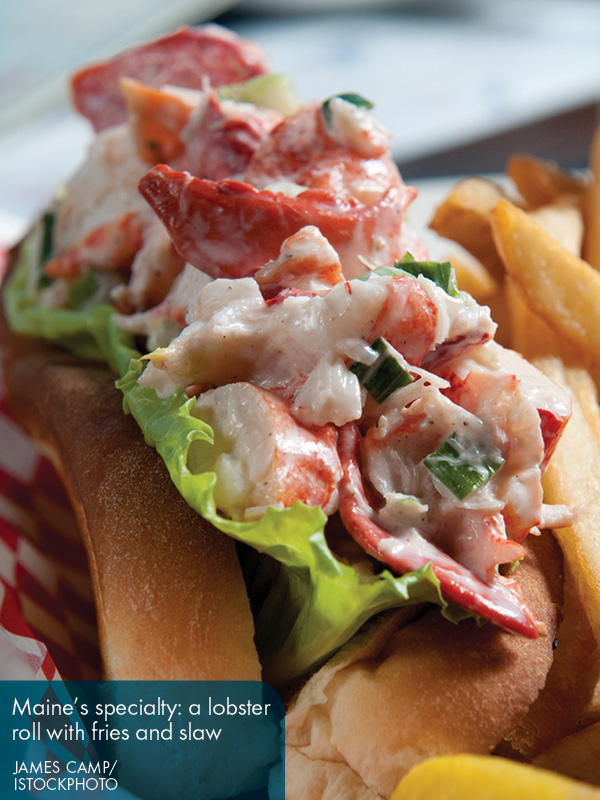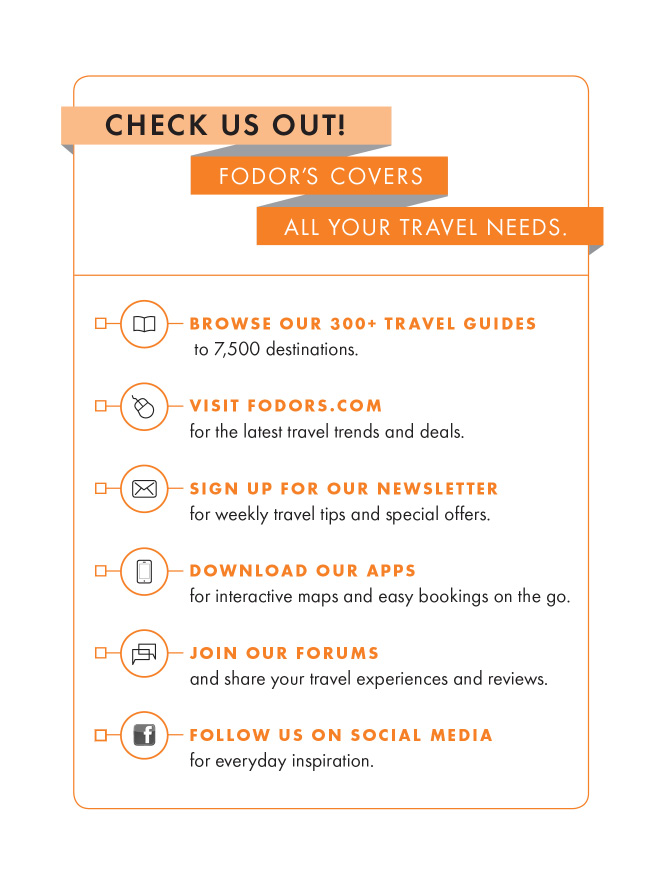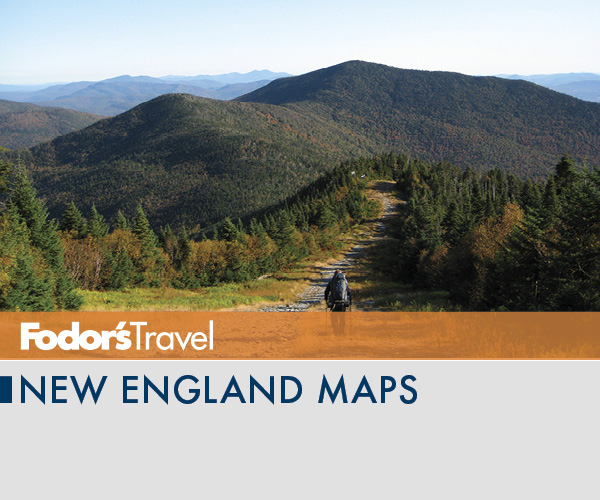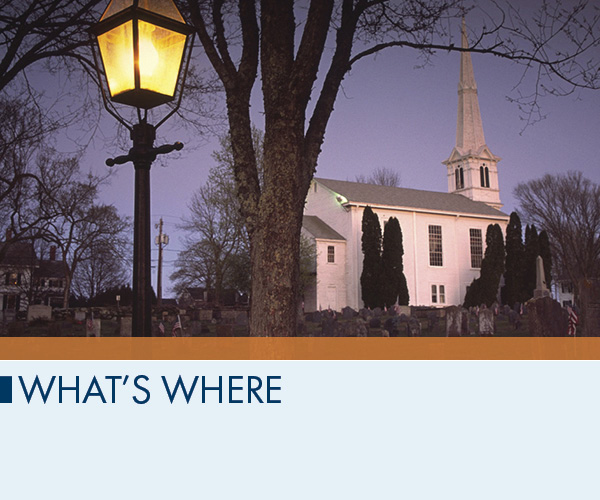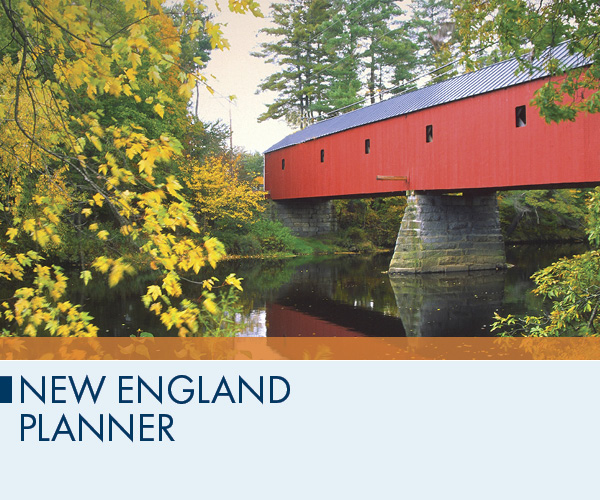Boston. Massachusettss capital city is also New Englands hub. Bostons many universities make it a cosmopolitan town, but there are also blue-collar roots in the distinct neighborhoods. This is the cradle of American democracy, a place where soaring skyscrapers cast shadows on Colonial graveyards.
Cape Cod, Nantucket, and Marthas Vineyard. Great beaches, delicious seafood, and artsy shopping districts fill scenic Cape Cod, chic Marthas Vineyard, and cozy Nantucket.
The Berkshires and Western Massachusetts. The mountainous Berkshires live up to the storybook image of rural New England; theres also a thriving arts community. Farther east, the Pioneer Valley is home to a string of historic settlements.
Connecticut. The densely populated southwest region contrasts with the sparsely populated northeastern Quiet Corner, known for antiquing. Small shoreline villages line the southeastern coast and are near a pair of casinos. The Connecticut River Valley and Litchfield Hills have grand old inns, rolling farmlands, and state parks.
Rhode Island. The smallest of the six New England states is home to great sailing and glitzy mansions in Newport. South County has sparsely populated beaches and rolling farmland; scenic Block Island is just a short ferry ride away.
Vermont. Vermont has farms, freshly starched New England towns, quiet back roads, and bustling ski resorts.
New Hampshire. Portsmouth is the star of the independent states 18-mile coastline. The Lakes Region is a popular summertime escape; the White Mountains dramatic vistas attract photographers and adventurous hikers farther north.
Inland Maine. The largest New England states rugged interior, including the Western Lakes and vast North Woods regions, attracts skiers, hikers, campers, anglers, and other outdoors enthusiasts.
The Maine Coast. Classic townscapes, rocky shorelines punctuated by sandy beaches, and picturesque downtowns draw vacationers to Maine like a magnet. Acadia National Park is where majestic mountains meet the coast; Bar Harbor is the parks gateway town.
When to Go
All six New England states are year-round destinations. Winter is popular with skiers, summer draws beach lovers, and fall delights those who love the bursts of autumnal color. Spring can also be a great time, with sugar shacks transforming maple sap into all sorts of tasty things. TIP Youll probably want to avoid rural areas during mud season (April) and black-fly season (mid-May to mid-June).
Memorial Day signals migration to the beaches and the mountains, and summer begins in earnest on July 4. Those who want to drive to Cape Cod in July or August, beware: on Friday and Sunday weekenders clog the overburdened U.S. 6. The same applies to the Maine Coast and its feeder roads, Interstate 95 and U.S. 1.
In the fall, a rainbow of reds, oranges, yellows, purples, and other vibrant hues emerges. The first scarlet and gold colors appear in mid-September in northern areas; peak color occurs at different times from year to year. Generally, its best to visit the northern reaches in late September and early October and move south as October progresses.
Climate
In winter, coastal New England is cold and damp; inland temperatures may be lower, but generally drier conditions make them easier to bear. Snowfall is heaviest in the interior mountains and can range up to several hundred inches per year in northern Maine, New Hampshire, and Vermont. Spring is often windy and rainy; in some years winter appears to segue almost immediately into summer. Coastal areas can be quite humid in summer, while inland, particularly at higher elevations, theres a prevalence of cool summer nights. Autumn temperatures can be mild even into October.
Getting Here and Around
Air Travel: The main gateway to New England is Bostons Logan International Airport (BOS). Other New England airports include Bradley International Airport (BDL, 12 miles north of Hartford), T.F. Green Airport (PVD, just outside Providence), Manchester Boston Regional Airport (MHT, in New Hampshire), Portland International Jetport (PWM, in Maine), and Burlington International Airport (BTV, in Vermont).
Car Travel: New England is best explored by car. Areas in the interior are largely without heavy traffic and congestion, and parking is consistently easy to find. Coastal New England is considerably more congested, and parking can be hard to find or expensive in Boston, Providence, and many smaller resort towns along the coast. Still, a car is typically the best way to get around even on the coast (though once you arrive, you may want to explore on foot, on a bike, or by public transportation). In New Englands interior, public transportation options are more limited and a car is almost necessary.
Train Travel: Amtrak offers frequent daily service to several New England destinations, including Boston; Portland, Maine; coastal New Hampshire; several points in Vermont; and Pittsfield, Springfield, Worcester, and Framingham, Massachusetts. The Massachusetts Bay Transportation Authority (MBTA) connects Boston with outlying areas.


